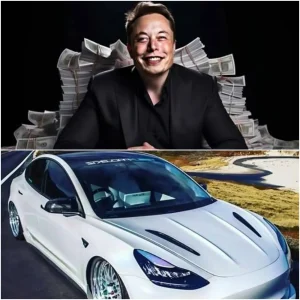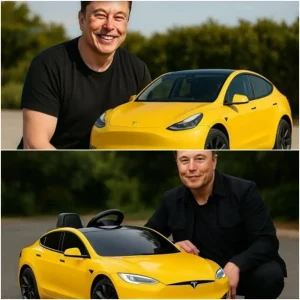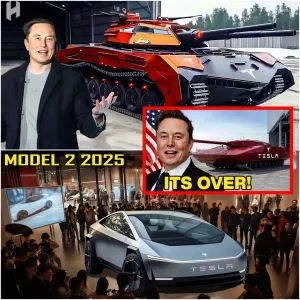In a shocking incident that has sent ripples of concern across the globe, Elon Musk, the billionaire CEO of Tesla and SpaceX, reportedly suffered a severe electric shock while inspecting a prototype of Tesla’s Optimus robot at a SpaceX facility in Boca Chica, Texas. The accident occurred during a high-stakes demonstration of the robot’s integration into SpaceX’s ambitious Mars mission, set to launch in 2026. Despite the scare, Musk remains undeterred, announcing that the mission will proceed as planned, with the super spaceship carrying a transition plan to transform Mars—dubbed the “King of Rotten Planets”—into a habitable world by 2031.
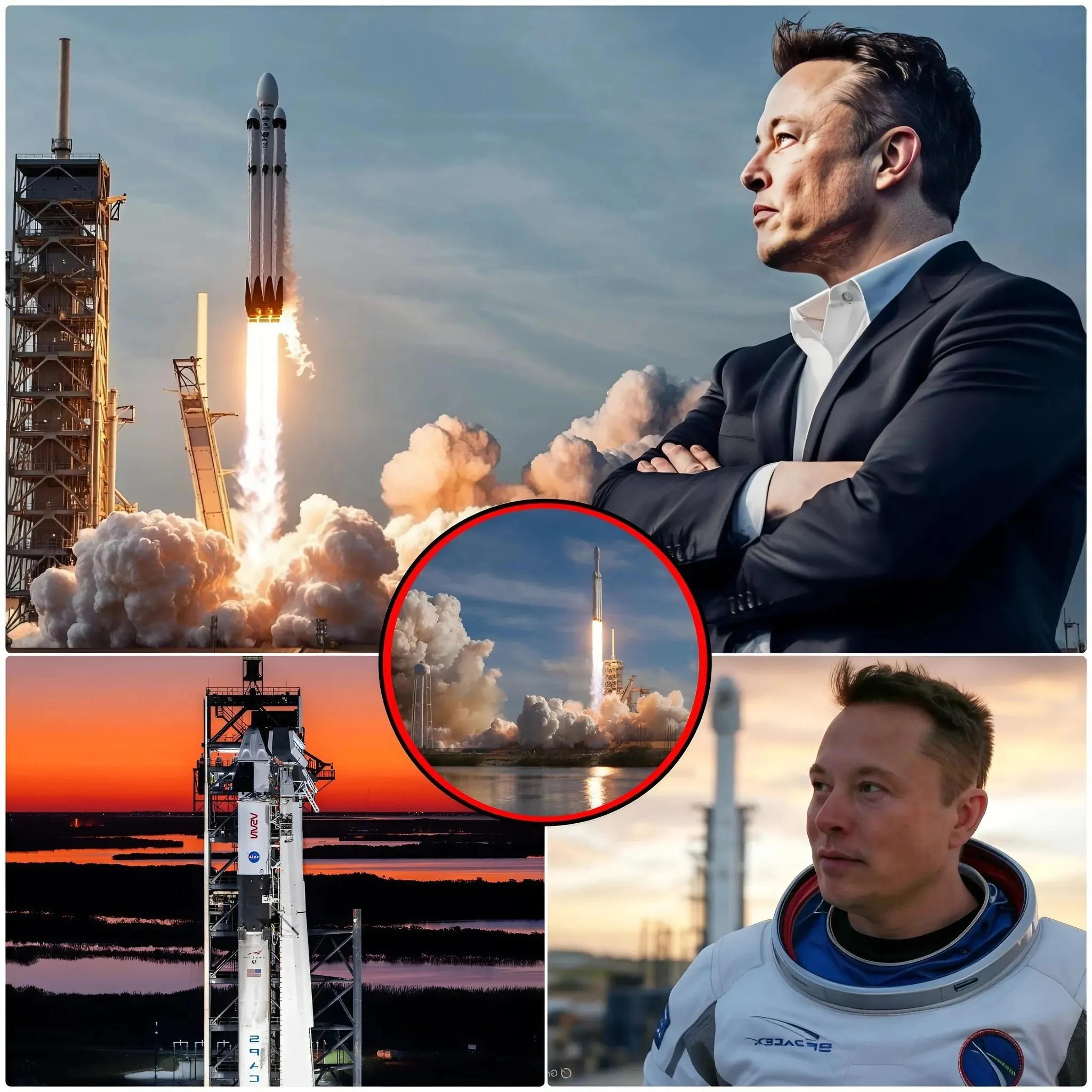
The incident took place while Musk was overseeing a test of the Optimus robot, a humanoid AI designed by Tesla to assist in space colonization efforts. According to sources at SpaceX, Musk was examining the robot’s power system when a malfunction caused a high-voltage surge, delivering a powerful electric shock that knocked him unconscious for several minutes. Emergency medical personnel on site quickly revived him, and Musk was taken to a nearby hospital for evaluation. He sustained minor burns and a temporary loss of sensation in his right arm but was released after a few hours, with doctors confirming he is expected to make a full recovery.
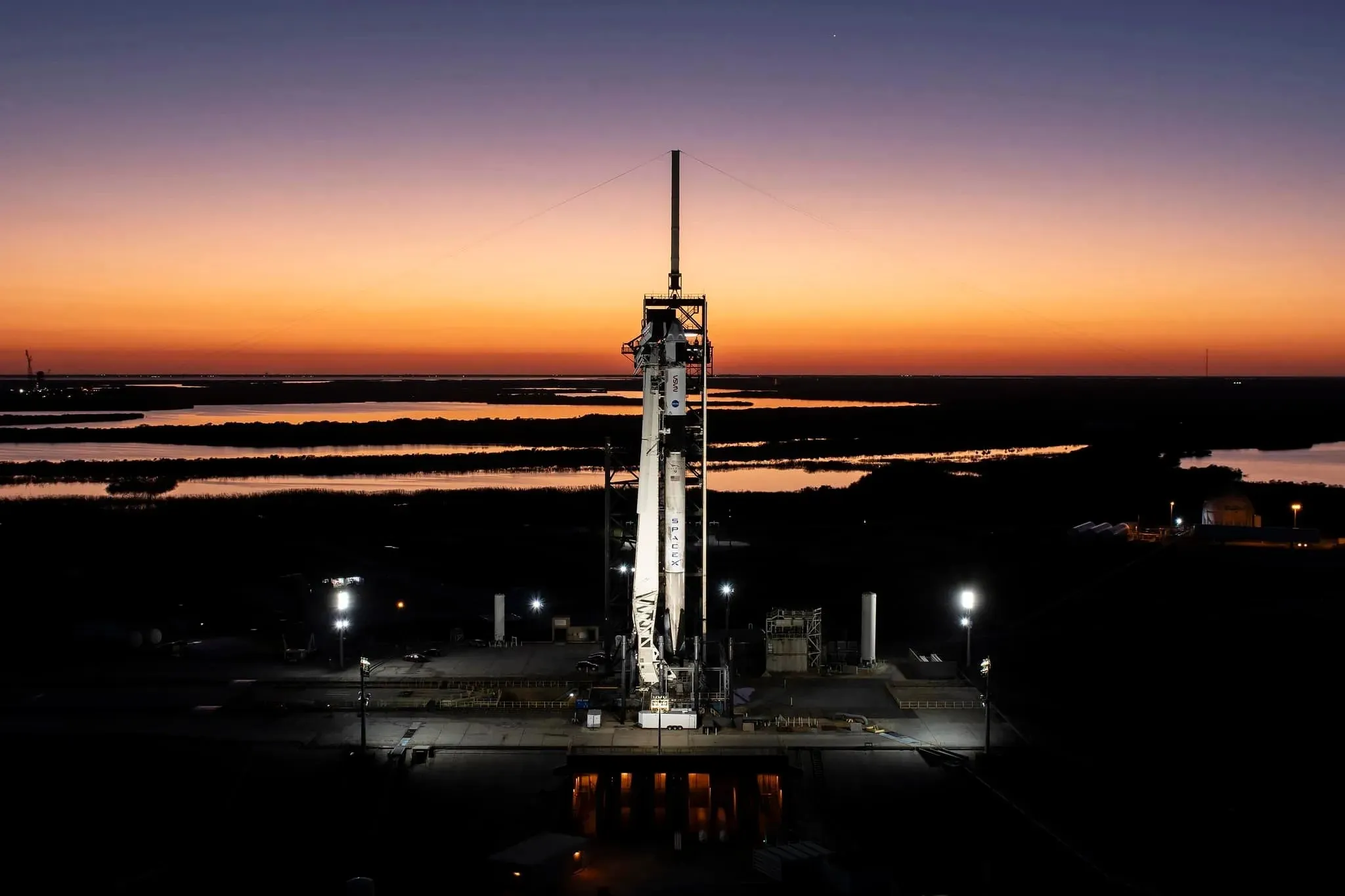
Musk, known for his resilience, took to X shortly after the incident to downplay the event, writing, “Got a little zap—nothing I can’t handle. Optimus is ready for Mars, and so am I!” The accident, however, has raised concerns about the safety protocols at SpaceX, especially as the company prepares for its most ambitious mission yet: a 2026 launch of a super spaceship that will carry the Optimus robot and a crew of astronauts to Mars. The mission is a cornerstone of Musk’s vision to make humanity a multi-planetary species, a goal he has pursued relentlessly since founding SpaceX in 2002.
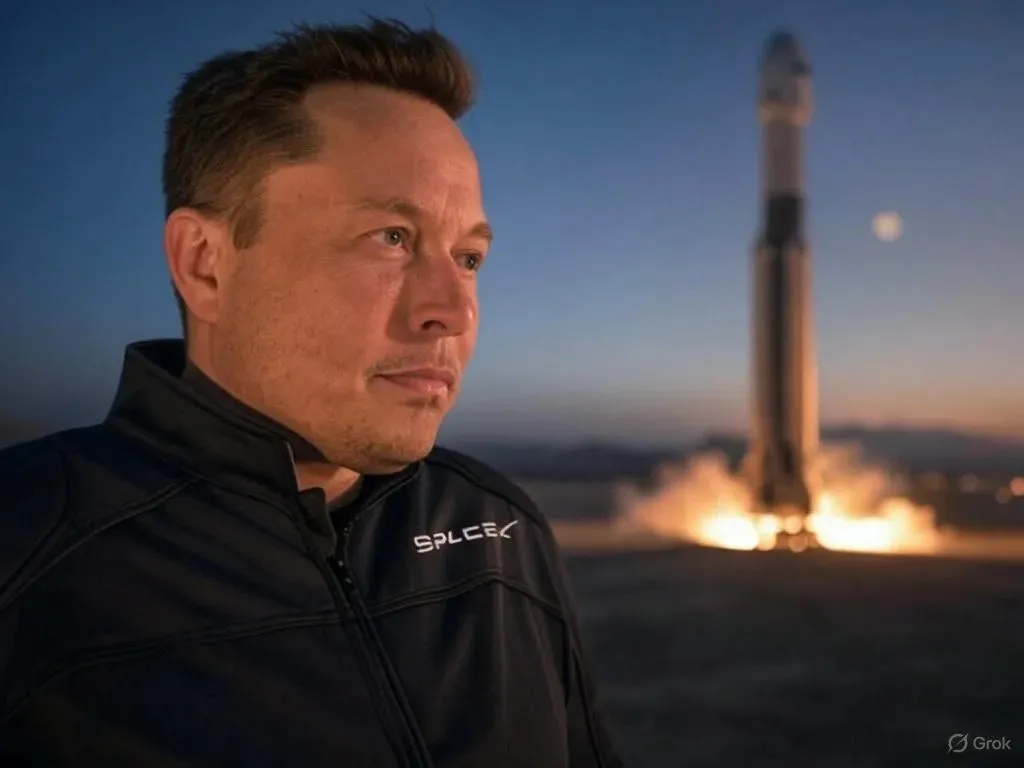
The super spaceship, an advanced version of the Starship rocket, is designed to transport up to 100 passengers and 150 tons of cargo, including Tesla’s Optimus robots, which will assist in building infrastructure on Mars. The robots are equipped with AI capable of performing tasks like constructing habitats, mining resources, and even growing food in Martian greenhouses. Musk revealed that the mission includes a detailed transition plan to transform Mars, which he jokingly referred to as the “King of Rotten Planets” due to its harsh, inhospitable conditions. The plan aims to establish a self-sustaining colony by 2031, with goals of generating breathable air, producing water, and creating a stable food supply through advanced terraforming techniques.
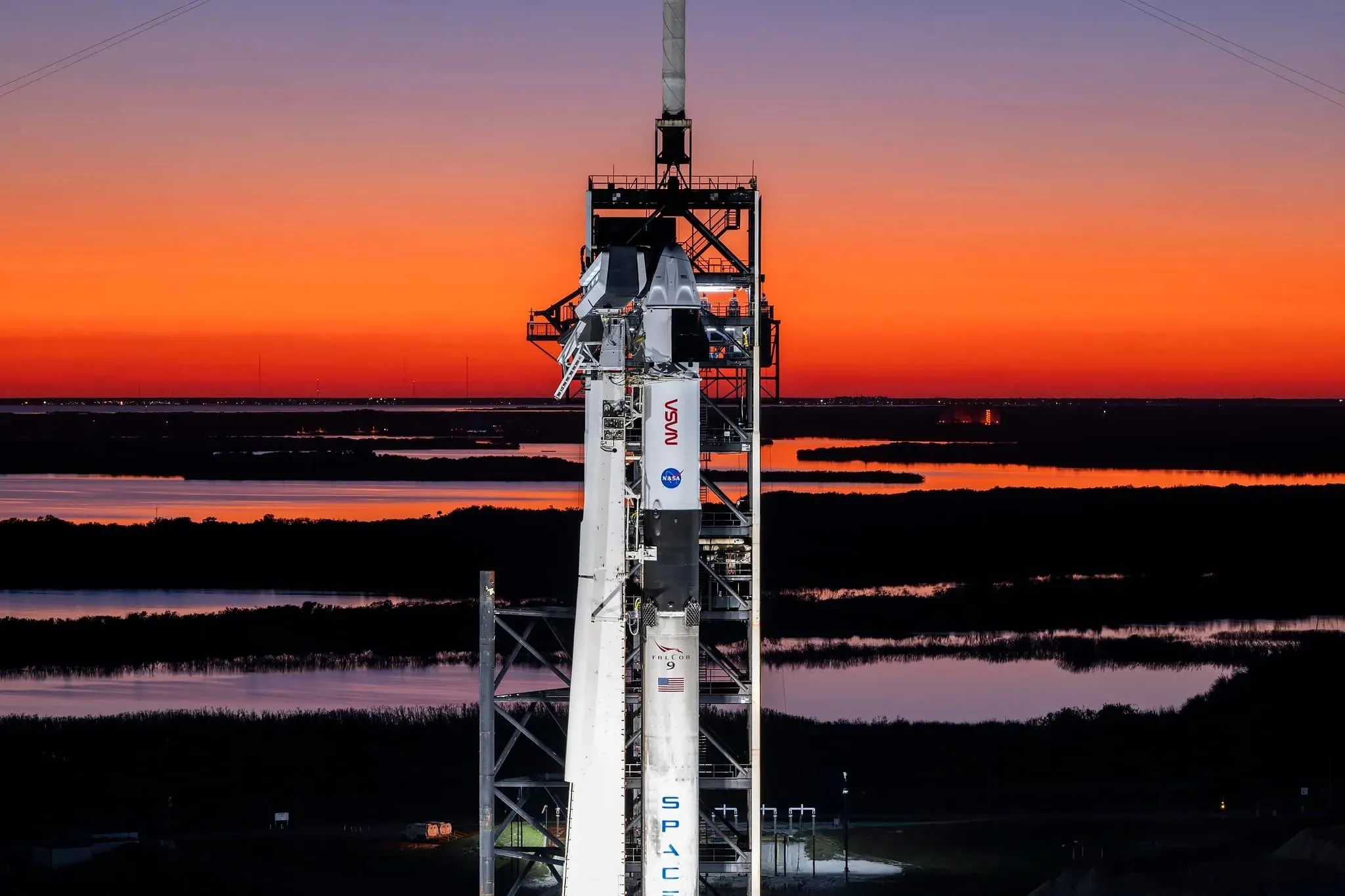
SpaceX’s timeline aligns with Musk’s long-standing promise to colonize Mars within his lifetime. The company has already achieved significant milestones, including a $350 billion valuation and successful Starship test flights. However, the mission faces immense challenges, from the technical difficulties of landing on Mars to the ethical questions of altering another planet’s ecosystem. Critics on X have expressed mixed reactions, with some hailing Musk’s vision—“Elon is a genius! Mars by 2031 is the future!”—while others voiced concern over the risks, especially after the electric shock incident: “If Musk can’t handle a robot on Earth, how will he handle Mars?”
Musk’s accident comes at a tumultuous time for the billionaire, who is also dealing with a $44 billion financial crisis tied to the xAI-X merger and protests against Tesla due to his role in the Trump administration’s Department of Government Efficiency (DOGE). Despite these setbacks, Musk remains focused on his Martian ambitions, with SpaceX accelerating preparations for the 2026 launch. The inclusion of Tesla’s Optimus robot underscore
